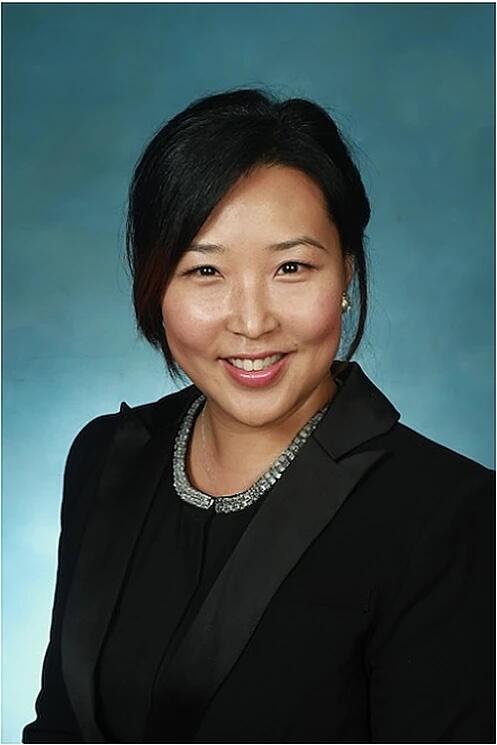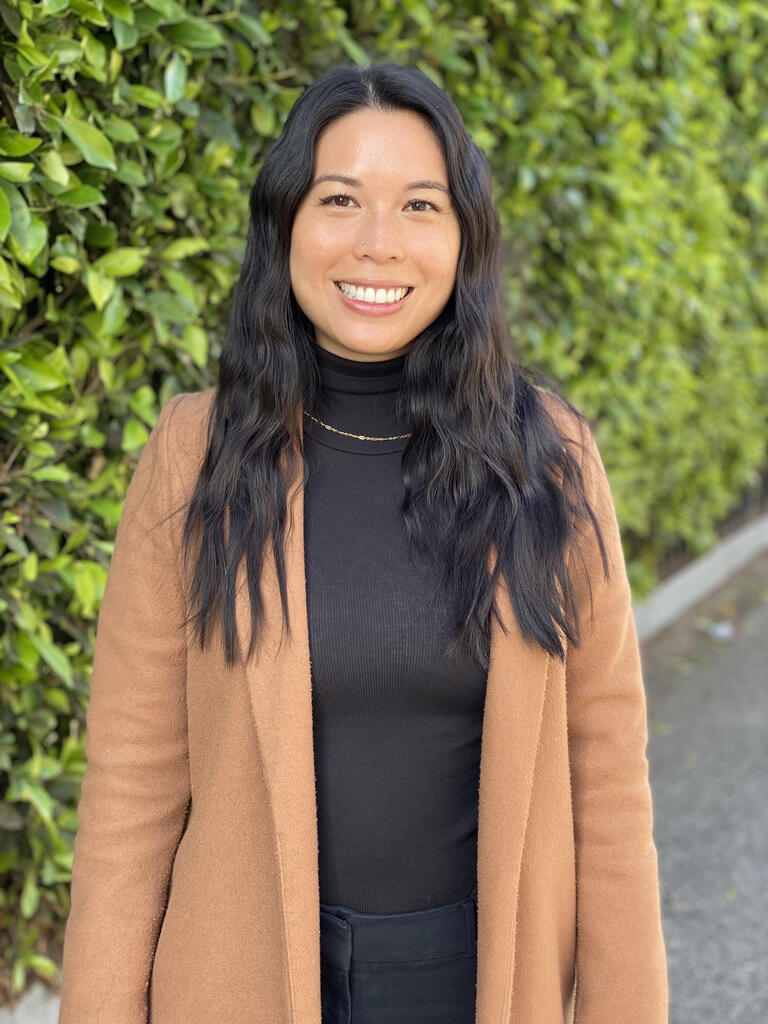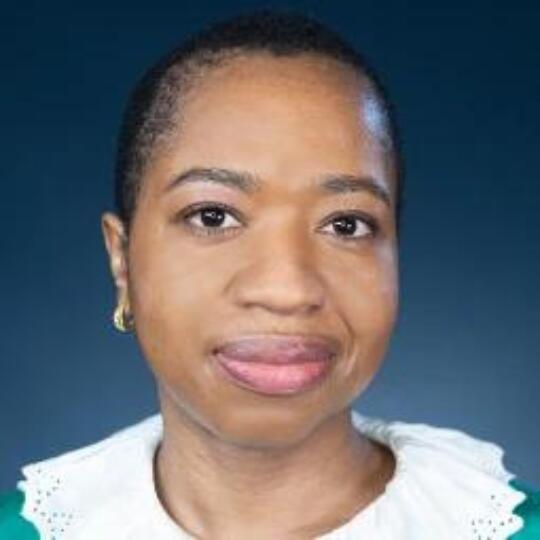
— E+ / Getty
By Denisa R. Superville, Education Week
Less than 2 percent of K-12 principals are from Asian American and Pacific Islander backgrounds.
Teachers who identify as AAPI represent a little over 2.5 percent of the teaching workforce in public schools.
How can district leaders boost those numbers?
Education Week spoke with four Asian American school leaders, from different backgrounds, about their career paths. They offer insights into why more AAPI talent may not even consider an education career, along with tips for district leaders and policymakers to consider as they seek to increase the share of educators of color in schools.
Rewrite the education narrative to attract Gen Z
Schools are competing for talent among students who have the option to enter fields that are much more lucrative and not burdened by the image of overworked and underpaid educators.
“I think from a macro perspective, we’ve got to rewrite this narrative about what it means to be an educator in the United States,” said Shara Hegde, who is Indian American and the chief executive officer of Alpha Public Schools in San Jose, Calif.

Shara Hedge
“When I think about the role of an educator in this country, versus the role of an educator in a different country that has a strong system, there’s a prestige and a reverence and a real focus on quality of life for those individuals, versus here,” she said. “It always feels like our teachers are fighting for something.”
That’s bad for attracting potential talent from all backgrounds but perhaps even more so for Asian Americans, who may already be worried about going against their parents’ wishes for a career choice, she said.
“I think at a state policy advocacy level, we all have to fight to elevate the profession as a whole,” Hegde said. “Because I think in the Asian-American community we are fighting against those cultural influences that are very real for us. We don’t want to disappoint our families. We don’t want to not live up to expectations. ”
The image of educators as beleaguered professionals doesn’t bode well for attracting members of Gen Z, (those born in 1997 and after) and who care more than previous generations about maintaining better work-life balance. They are also unlikely to stay in one job for 40 years.
School and district leaders have to rethink the pitch to a younger generation and highlight how much they can learn and grow and contribute to their communities even if they don’t stay for the long haul.
“How do we design for people who want to have fulfilling careers, but are not willing to work 20 hours a day to have those careers, and also they want that quality of life, the good benefits, the good retirement packages, the ability to have a family and not sacrifice to take care of your family?” Hegde said. “Those are all the things Gen Z is telling us. Figure this out.”
Examples matter
People have to see themselves in a role to consider that it might be for them.
It may sound like a chicken-and-egg dilemma because there are so few AAPI leaders in schools. But district and school leaders can do a better job of making the leaders and educators they have more visible and empowering them to share their stories and experiences.
Eliza KimLy, the co-head of school for Bright Star Schools, a network of nine charter schools with 4,000 students in Los Angeles, grew up in eastern Los Angeles and always had Asian American leaders in schools.

Eliza KimLy
In elementary school, nearly all of her teachers were Korean or from another Asian background. When she transferred to the Immaculate Heart, a private Catholic school, she had fewer Asian teachers.
But because she was always surrounded by various teachers from Asian backgrounds—in after-school and church programs, for example—education didn’t seem like a career out of left field. It was something she knew she always wanted to do.
Hegde said she didn’t have any Asian teachers while growing up in Cambridge, Mass., and in the Boston suburb of Burlington. She identified more with engineers, lawyers, and doctors—the professions in her community—than she did with educators.
“If you don’t see people who look like you, it’s not for you, and other influences would pull you further away from that,” she said. “If our kids see teachers who look like them, teaching is a viable profession.”
Embrace innovation
Technology expansion, virtual teaching, and other innovations during the pandemic have made it easier for experts to Zoom into classrooms, accompanied by in-class teaching supports, to conduct classes.
Could this be a way to help address shortages in persistently understaffed subjects and expose AAPI experts working in medicine and science, for example, to teaching to see if it could be a future career?
That may require some tinkering with bureaucratic red tape, which make this kind of experimentation difficult in some places, Hegde said.
“If we can’t find a data science teacher, but we can get someone to Zoom in for an hour and a half, and we have some learning coaches in that room, there are some really cool innovative things that may whet the appetite of someone who is thinking about doing this full time,” Hegde said.
It’s not simply about making the profession attractive as a second career, because being a great scientist doesn’t necessarily mean that a person can build strong relationships with students, she said. But creating opportunities so that doctors, scientists, and others with specialized skills can provide their expertise to schools and students, with support from coaches and experts, can open another entry point to address workforce diversity.
“Then maybe they are more likely to make that transition,” Hegde said. “They’ve had a taste for it, and maybe [they’ll] make that transition in a successful way.”
Create mentorship, coaching, and support systems
Amanda Tran, the principal of KIPP Vida Preparatory Academy in Los Angeles, said her leadership coach, who is also Vietnamese-American, has been one of the main sources of support in her career.
While the numbers may be small, districts, charter management organizations, and others should try their best to match AAPI leaders with educators from similar backgrounds as coaches and mentors, but also provide opportunities for them to network, grow, and learn from each other, Tran said.
Often the challenge is not only recruiting school leaders and school leaders of color, but also providing them with support to manage the complexities and the isolating nature of the job.
Tran has been working with her coach for about six years and said the coach has been instrumental in her leadership trajectory. They were matched through KIPP’s leadership coaching program.

Amanda Tran
“We’ve been able to connect over shared stories and our backgrounds,” Tran said.
“It’s really helped to sustain me in the work. She not only helps me grapple with challenges on the ground and helps me to be a better leader at my site, but … I have unpacked how my own identity as an AAPI leader has influenced my leadership or how I have responded in situations.”
This story was originally published in Education Week.
 Denisa R. Superville
Denisa R. Superville
Denisa R. Superville is an assistant editor at Education Week who focuses on principals and school leadership. She is also the co-editor of Education Week’s Leaders To Learn From. Before joining Education Week, Superville worked as a reporter at The Record in Bergen County, N.J.
